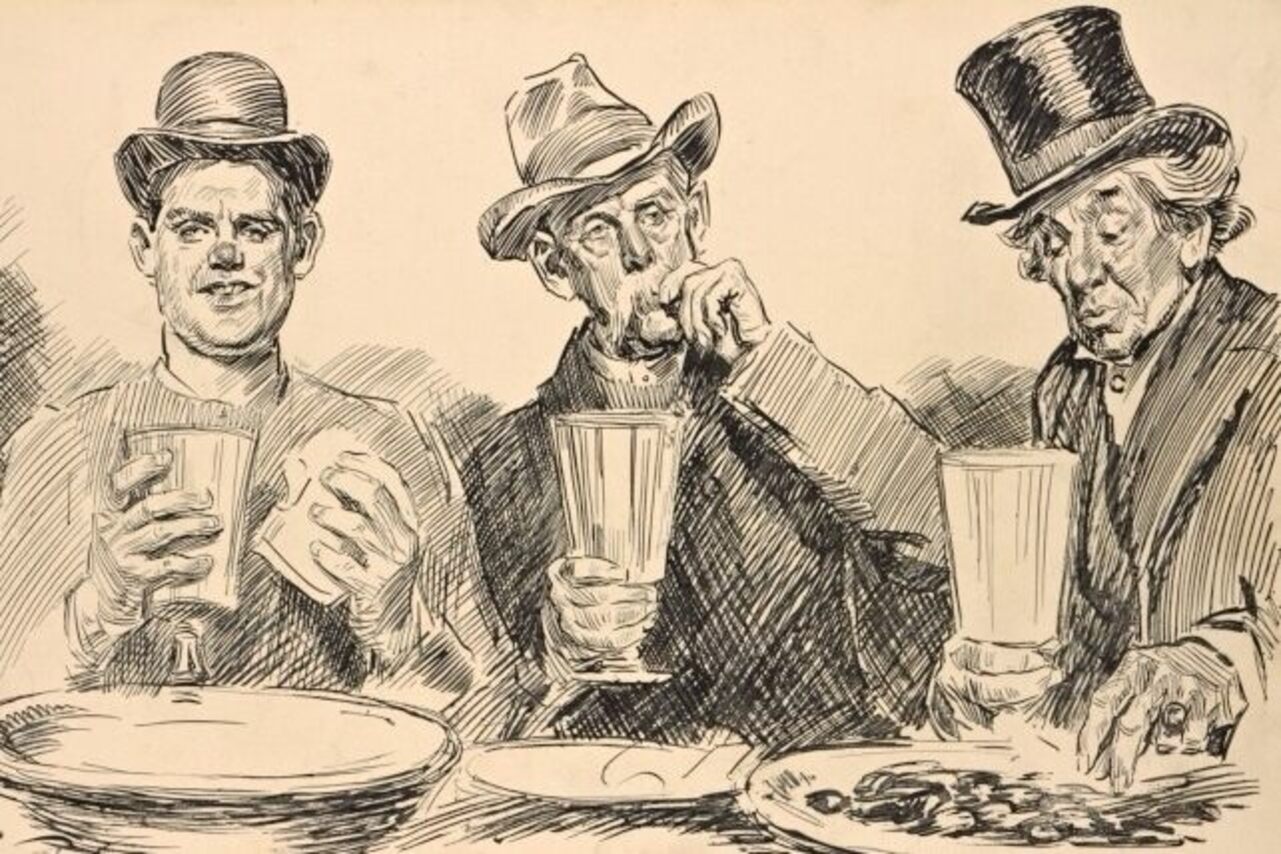To the serious Bowie fan, the unreleased self-covers album Toy is not a secret. This collection of reworked pre-“Space Oddity” songs recorded with his touring band from his 2000 Glastonbury appearance was bootlegged a year after it was shelved in 2001. And it has been re-pressed illegally nearly every year since, sometimes as Toy and sometimes as The Lost Album. Some of the fourteen cuts popped up as b‑sides over the years, but the whole album? Maybe, fans thought…one day.
Well, that one day is here, as the first single “You’ve Got a Habit of Leaving” dropped yesterday along with an announcement for a larger 90’s‑encompassing box set release coming soon after.
According to Chris O’Leary’s Pushing Ahead of the Dame webpage—which you really should bookmark if you haven’t yet—the original version of “You’ve Got a Habit of Leaving” was written when he was only 18, and earned him a reprimand from none other than The Who’s Pete Townshend. ”You’re trying to write like me!” said Pete.
You can totally hear the Who influence in the chorus of the version released by Davy Jones and the Lower Third, which apes the fuzz-guitar freak-outs from “My Generation.”
Three and a half decades and multiple Bowie-incarnations later, and the former Davy Jones decided to look back at those hungry early years and redo some of his songs.
The plan in 2000 was to gather his band and record an album old-school, live, in studio, with all the energy and sometimes sloppiness that used to happen in the 1960s, when most bands got at most two days to record their first albums. The first Beatles album was recorded this way, and look where that got them.
But this also afforded Bowie a chance to fix the weaknesses of those original songs in structure and arrangement. Says O’Leary: “The new version is longer, far more elaborately produced, far more professionally played and it still sounds like a Who knock-off, only a knock-off of The Who ca. 1999. That said, Bowie sings it well and it does finally rock out at the end.”
Bowie’s plan was to quickly finish Toy and drop it unannounced as a surprise to his fans. This is commonplace now—Beyonce and Radiohead have done similar secret releases—but EMI freaked out, balked, and their reaction ultimately led Bowie to leave the label.
Other songs reimagined on Toy include “Liza Jane,” Bowie’s debut single from 1964; “Silly Boy Blue” from his first self-titled 1967 LP; and “The London Boys” a 1966 B‑side. The album also includes songs that didn’t make it on the bootlegs: “Karma Man,” the original of which turned up on Bowie at the Beeb from a 1968 session, and “Can’t Help Thinking About Me,” originally released in 1966.
The release will be part of Brilliant Adventure (1992–2001) an 11-CD or 18-LP box set that will focus on Bowie’s third decade. Toy will be released separately as a 3‑CD release called Toy:Box, containing “alternate mixes and outtakes.” Better save your pennies!
Related Content:
When David Bowie Launched His Own Internet Service Provider: The Rise and Fall of BowieNet (1998)
How David Bowie Used William S. Burroughs’ Cut-Up Method to Write His Unforgettable Lyrics
Ted Mills is a freelance writer on the arts who currently hosts the Notes from the Shed podcast and is the producer of KCRW’s Curious Coast. You can also follow him on Twitter at @tedmills, and/or watch his films here.




